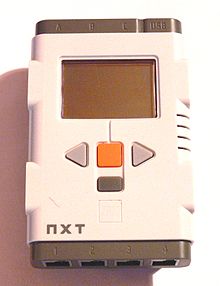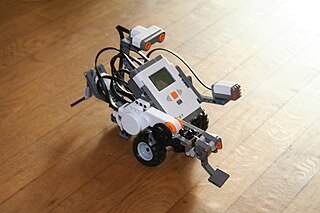There are a lot of possible combinations of hardware, firmware and languages for programming Bioloid. I think that the table below show the the main combinations.
You can choose from the easy but limited Robotis own tool (Roboplus Task) and only your CM-5 or CM-510 to a SBC or "embedded" PC like
Roboard and any language which can manage a serial port connection, like C, C++, Java, Python,...
Linux C++ Dynamixel reading and writing exampleC# Dynamixel reading and writing examplePractical C++ programming tutorial for Bioloid[caption id="attachment_256" align="aligncenter" width="617"]

Programming Bioloid: choose hardware, firmware and languages[/caption]
Robotis officially supports the programming solutions with the blue background:
- The dark blue, RoboPlus Tasks, is the only one in which you can create the motions with RoboPlus Motion and execute it in CM-5/CM-510 with the program create with RoboPlus Tasks, after downloading the generated executable into the CM-5/CM-510, of course.
With these programming solutions you can use the
Zigbee SDK to send and receive data between the CM5-/CM-510 and any computer, using
Zig-110A or the new bluetooth
BT-110, the
Zig2Serial and the
USB2Dynamixel. You can
download example in Visual Basic .Net, C# and Visual C++But there are more options!
Using a PC, SBC (Single Board Computer), PDA, Mobile or other light and battery powered computerUsing a serial port connection with your more beloved programming language:
If you have any device with a USB host and a FTDI driver you can use
USB2Dynamixel to command programatically your Dynamixel servos using the
Dynamixel protocol. You only will need your CM-5 or CM-510 to connect your Dynamixel to the battery.
Same as the previous option but instead of using the USB2Dynamixel you only will need the
serial cable and the "Toss Mode" launched with the 't' command from the "Manage Mode"
Instead of only sending and receiving data, with the previous wireless connections you can command remotely your robot using the standard firmware and the "Toss Mode" launched with the 't' command from the "Manage Mode". You will need to command it using the
Dynamixel protocol.
With these options and the CM-510 you will find a little problem... there is no way to read your sensor values! Well, you can use
this firmware that offers a "Toss Mode" that supports reading CM-510 ports.
Start learning!
If you want to start learning how to program your CM-5 or CM-510 controller you will find interesting this post "
Start programming CM-5/CM-510 in C". But may be you prefer to control your robot from a PC, SBC or other computer in
C++ or C#


